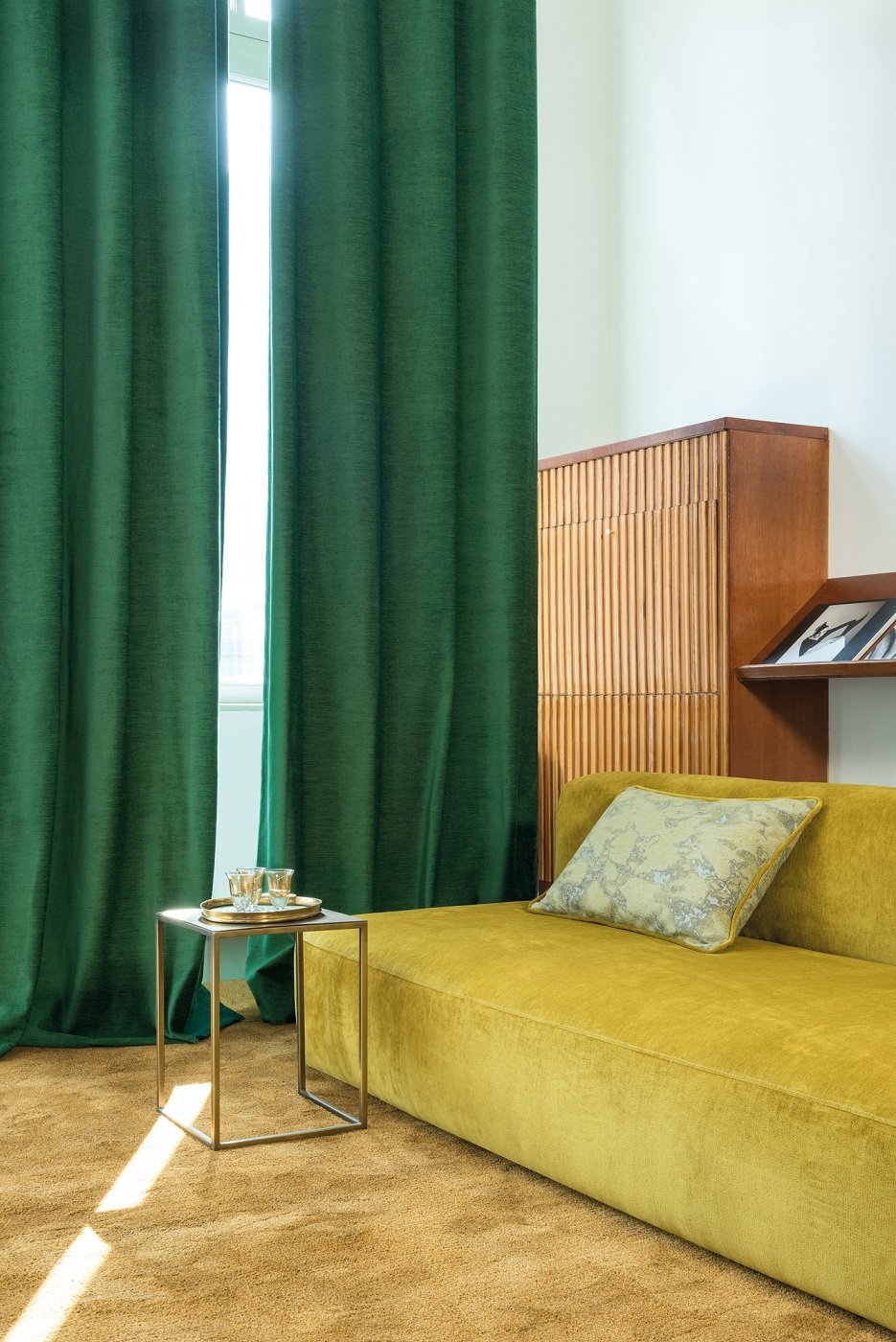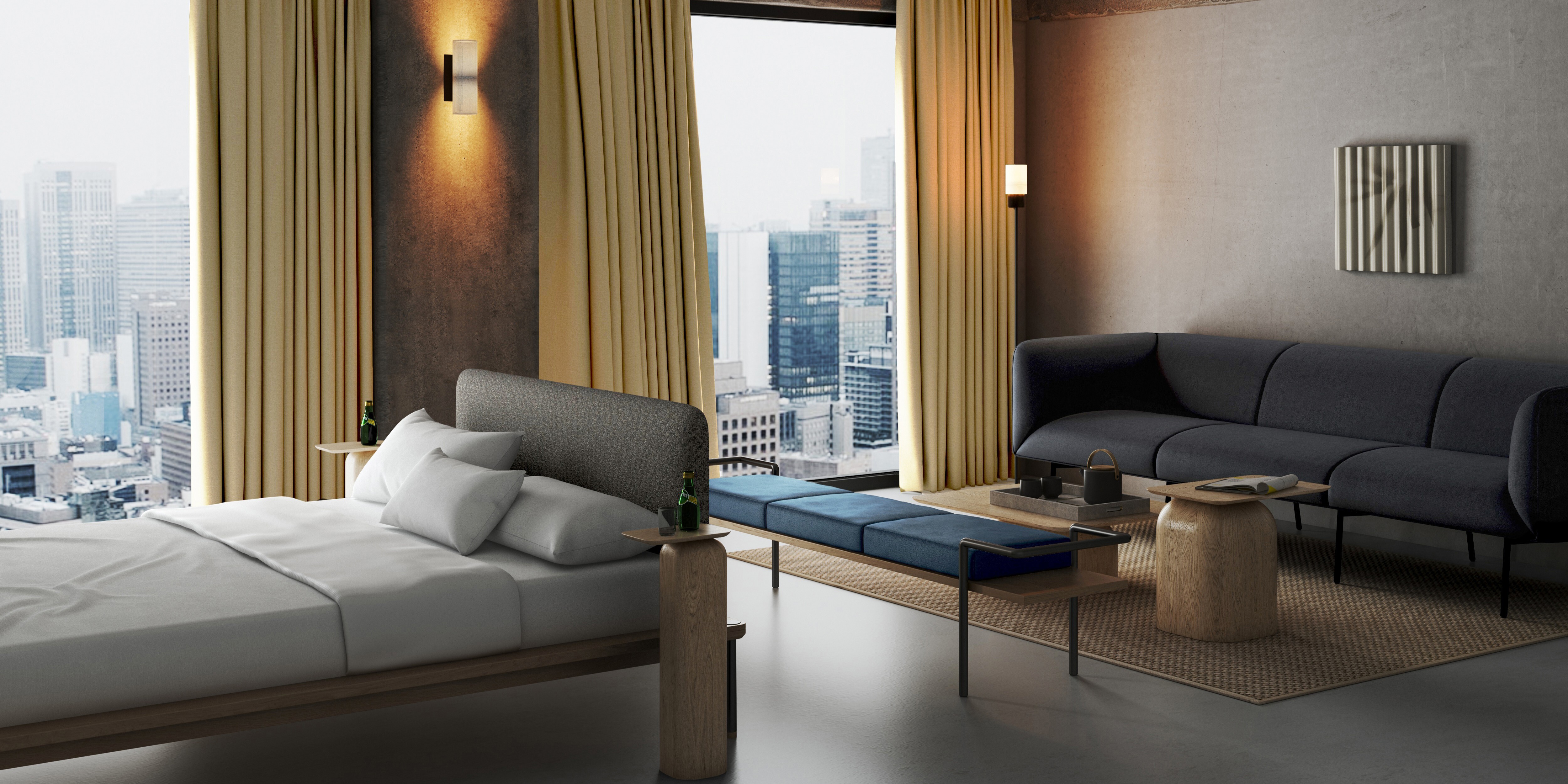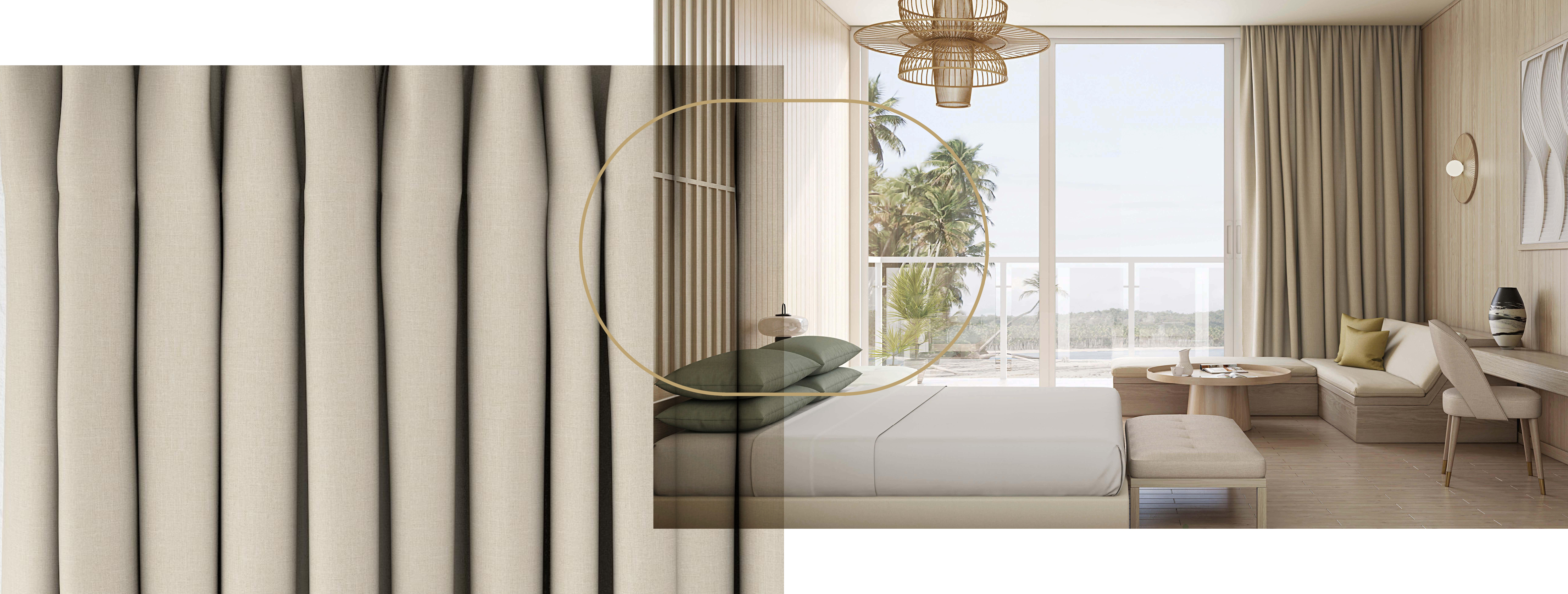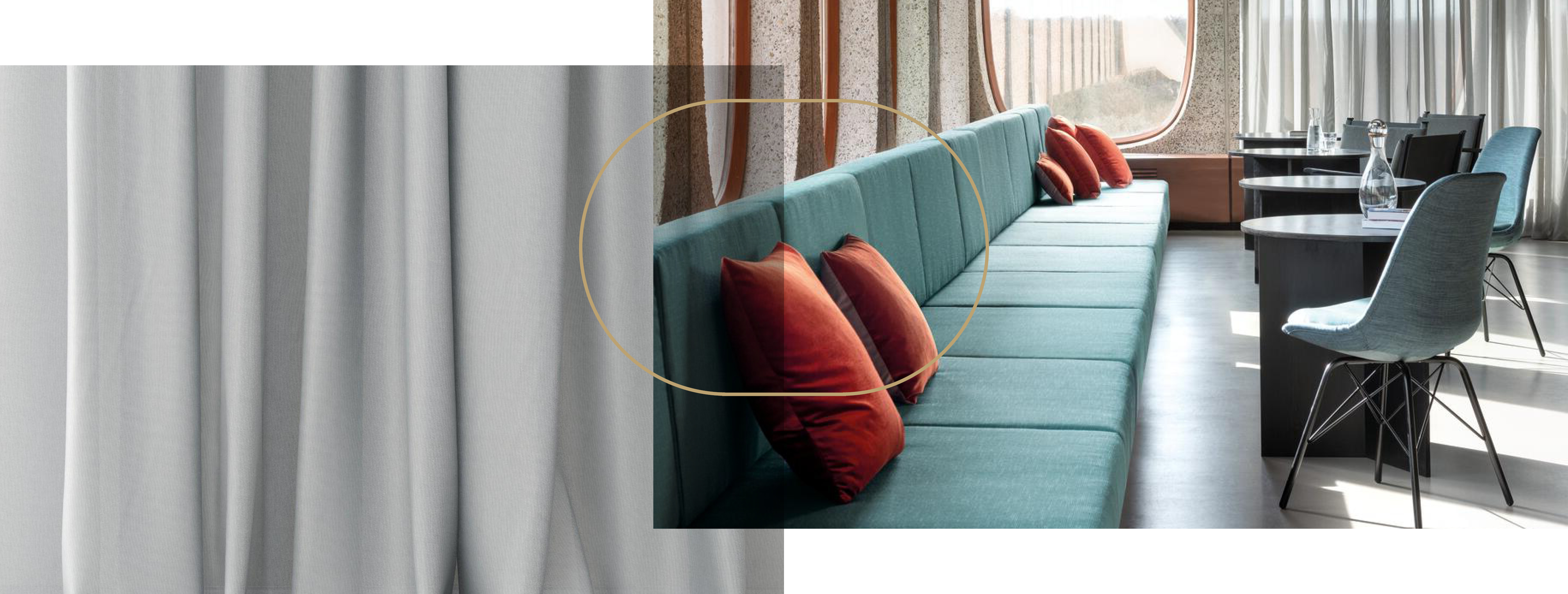Leadership in Energy and Environmental Design
‘Leadership in Energy and Environmental Design (LEED)’ is a green building certification program. Used worldwide, it was originally developed by the U.S. Green Building Council (USGBC).
Essentially it is a set of rating methods for the full life of green buildings, from the design stage right through construction, operation, and ongoing maintenance or refurbishment. They can be applied to new builds and refurbishments as well as existing buildings, even ones that have been standing for decades. The Empire State Building in New York City, for example, is a LEED-certified building.
“LEED standards have pushed the global green building market forward progressively, with more than 93,000 registered and certified projects and more than 19 billion square feet of space worldwide.” - source
LEED standards can apply to interior decoration and interior architecture as well, even if they don't apply to the entire building. This flexible approach enables the creation of interiors that are healthier for the planet and for people.
Related read: In It Together: a community trend towards sustainability >
We are sometimes asked if our FR fabrics are LEED certified: in answer to this is no because LEED isn’t a system that certifies materials in that way.

LEED for Interior Design and Construction (LEED ID+C)
LEED is for all building types and all building phases including new construction, interior fit outs, operations and maintenance and core and shell. - USGBC
LEED ID+C has options to fit every project, from office spaces to coffee shops. They group interiors together like this:
1: Commercial Interiors. For interior spaces that don’t fall under ‘retail’ or ‘hospitality’.
2: Retail. This includes the entire scope of retailers’ interior spaces, from the direct customer service areas (showrooms) to the preparation or storage areas that support customer service.
3: Hospitality. Interior spaces dedicated to hotels, motels, inns, or other businesses within the service industry that provide transitional or short-term lodging with or without food.
Interior designers can work within LEED standards to create more energy-efficient, ‘healthier’ interiors that enhance wellbeing of its occupants. They can become LEED accredited as well.
Explore FR-One fabrics: An insider look at outstanding textured fabrics >
FR-One fabrics for LEED certified interiors
At FR-One we take inspiration from the leadership of mandates like the UN’s 17 Sustainable Development Goals. We understand that the only way forward into a greener future is if we all work together under clear guidelines of systems such as LEED.
This was our emphasis throughout the two-year development of our new RE-Invent collection of inherently fire-retardant fabrics.
On top of this our furnishing fabrics are certified under the STANDARD 100 by OEKO-TEX®. This eco-label ensures that every component of our FR fabrics has been tested for harmful substances, including volatile organic compounds (VOCs).

.png)



